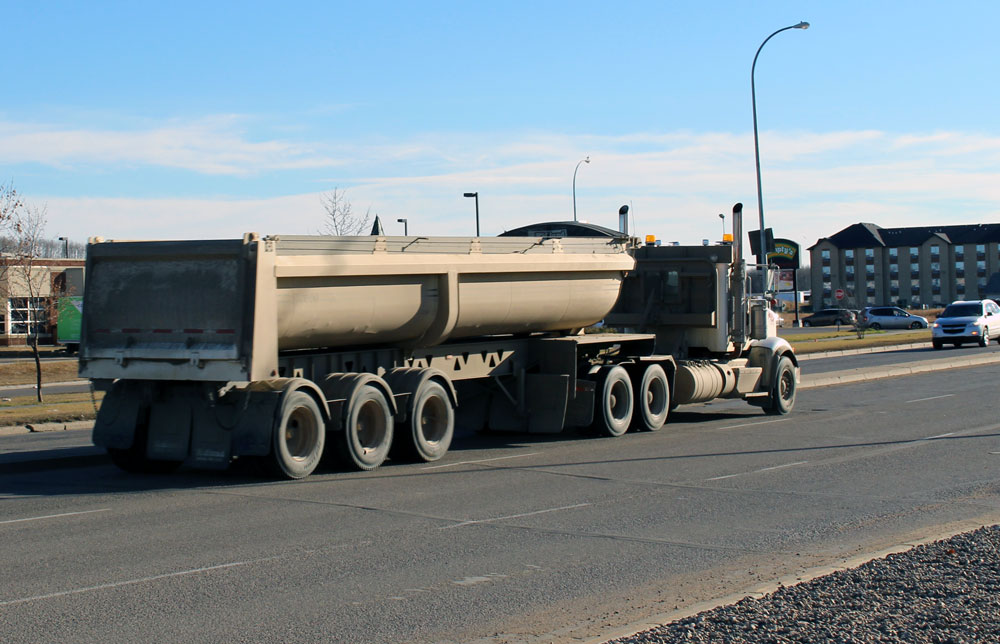There are three different communities in the City of Cold Lake: oil, military and longtime residents.
The oil city is what most people talk about these days when they talk about Cold Lake — “Little Fort McMurray,” as Mayor Craig Copeland likes to call it.
Oil production began around Cold Lake in the late 1980s but it ramped up in 2012 when Imperial Oil sunk $2 billion into expanding its Nabiye project. The investment brought 1,000 workers to Cold Lake and exacerbated pre-existing growth problems in the city, which grew 15.5 per cent between 2006 and 2011.
Oil investment in the region caused a chronic housing shortage for both rentals and single-family homes. Locals tell stories of five or six oil workers living in a three-bedroom townhouse and hotels booked solid for months. And for those who don’t earn $70 per hour working in the oilsands, home ownership was unattainable and affordable rental housing was hard to find.
The problems created by the influx of workers trickled down to health care delivery and the labour market — residents couldn’t find a family doctor and hospitality owners couldn’t find someone to work the front desk or the drive-thru line. Cold Lake simply grew too big too quickly, affecting quality of life in a northern prairie community more than three hours from Edmonton.
But these problems seem like minor inconveniences to the strain that the growth put on the city’s already crumbling infrastructure. In 2009, city council tried to dissolve the City of Cold Lake into the neighbouring Municipal District of Bonnyville because it felt there wasn’t enough money to keep city services running and the existing infrastructure deficit was pegged at more than $100 million.
Oil development in Cold Lake has made thousands of people very wealthy, but it has threatened to push out thousands of others.
About 2,000 members of the military and their families are stationed at 4 Wing Cold Lake, the primary air weapons training base for the Royal Canadian Air Force, which opened in Cold Lake in 1954. Frozen wages and out-of-date living allowances combined with a high cost of living mean that non-commissioned members can’t afford to live in the city. The Cold Lake base has the highest rate of people leaving the military, before or after their posting, across the Canadian Forces and the oil industry has surpassed the federal government as the biggest employer in town.
The City of Cold Lake is named after the lake that it sits beside; it’s ringed by family homes built in the 1960s, the marina, and the oldest restaurant in town, Clark’s General Story and Eatery. Oil and the military may be the biggest employers in town, but the city is also home to many people who have been here for generations, who love small-town life and couldn’t imagine living anywhere else. They’ll tell you that Cold Lake has some of the best hunting and trails for riding ATVs in the region.
Everyone in Cold Lake is feeling the pinch from the growing oil industry. While they welcome the prosperity and the opportunities that business brings, there is also concern about how they will keep up.
Since the West Texas Intermediate price of oil declined more than 50 per cent in fall of 2014, Cold Lake has enjoyed something of a reprieve. Oil companies are holding back on new projects and stemming the tide of new workers until the price-per-barrel stabilizes. There’s less pressure on the city’s housing and health care and new tax revenue has allowed city administration to make a dent in the infrastructure deficit. But when asked if they’re worried about the declining price of oil, Cold Lake residents are quick to brush it aside. History shows the cyclical nature of the industry — they say the price will come back and so will the workers. This project examines the growing pains that Cold Lake has faced in recent years and its future prospects.
